Don't Leave it to the Kids!
When it comes to estate planning, many Hawaii multifamily property owners believe that simply leaving their assets to their children is the best option. However, this may not be the case, and there are better scenarios to preserve generational wealth. We execute strategies that help you (and your heirs) simplify their multifamily real estate portfolio.
Ownership is Complicated
A few of the primary issues with leaving multifamily property to children, or other heirs, is that they may not have the desire, experience, or financial resources to deal with the complexities of owning and operating an apartment building. This can lead to a host of problems, including vacancies, deferred maintenance, collection issues with tenants, or the need to refinance debt.
Vacancy in multifamily property can be particularly challenging for those who are unexperienced. Leasing vacant units involves extensive marketing, leasing documents, interior renovation, and other issues. Marketing periods cause shortfalls in cash flow that one’s heirs may not be able to cover.
Deferred maintenance can also be an expensive burden for heirs to bear, especially if it involves major components of the property, such as a roof, parking lot, or façade construction. To effectively handle these things, one will most likely need to engage a general contractor, architect, obtain building permits, and possibly financing to complete repairs.
Refinancing debt on a multifamily property is not a simple task, especially if the cost of the new debt (interest payments) will be substantially higher than the debt being refinanced. The new payments may move the property to a lesser cash flow position, creating hardship for the current owner’s heirs.
To avoid these issues, multifamily property owners should consider alternative options that may benefit both themselves and their heirs. A few options are to move their more management intensive assets into a more stable, Single Tenant Net Lease or Triple Net (STNL / NNN) property, or a DST (Delaware Statutory Trust) via a 1031 tax-deferred exchange.
Use a 1031 Tax Deferred Exchange
Using a 1031 tax-deferred exchange to move assets and reposition your portfolio is a smart strategy that will benefit both the current owners and their heirs. By doing so, the owners can simplify their portfolio, reset depreciation tax benefits, and potentially increase their cash flow, while their heirs can avoid some of the challenges associated with owning more complex assets.
We Provide Peace of Mind for our Clients and Their Heirs
When the properties are transferred to the heirs, they can sell the, STNL/NNN property or DST, at a stepped-up basis and avoid the capital gains and depreciation recapture taxes. This can preserve 30%-40% of the value/wealth depending on tax rates.
In conclusion, leaving commercial real estate to the next generation may not be the best choice for estate planning. Heirs may not have the experience or financial resources to maintain the property’s value until they are able to sell it. Instead, multifamily owners should consider alternative options, such as using a 1031 tax-deferred exchange to move into other investments. By carefully planning, and seeking professional guidance, multifamily property owners can make informed decisions that benefit themselves and their heirs.
Contact us today to learn how Commercial Asset Advisors can help you!
Kynan Pang, CCIM
RB-23513
808-225-8776


